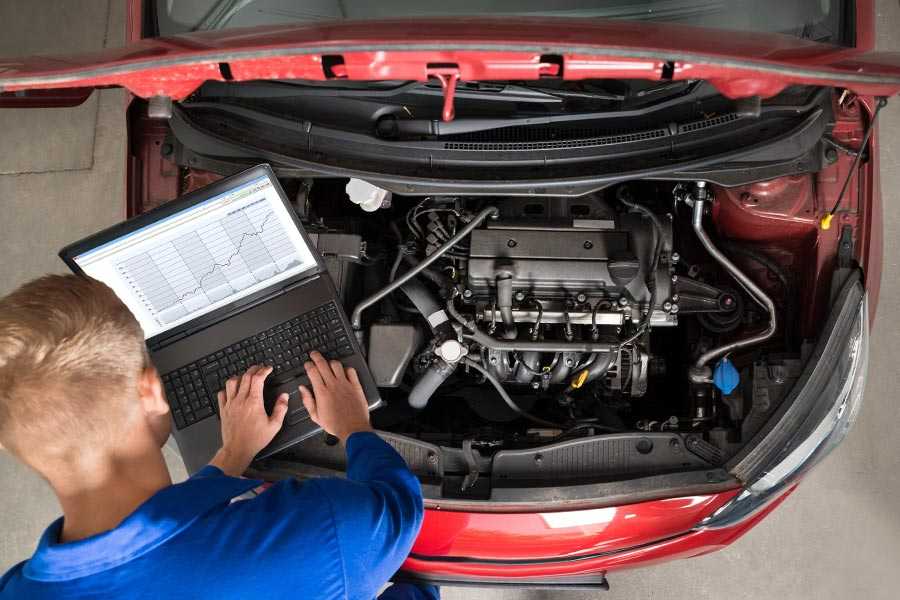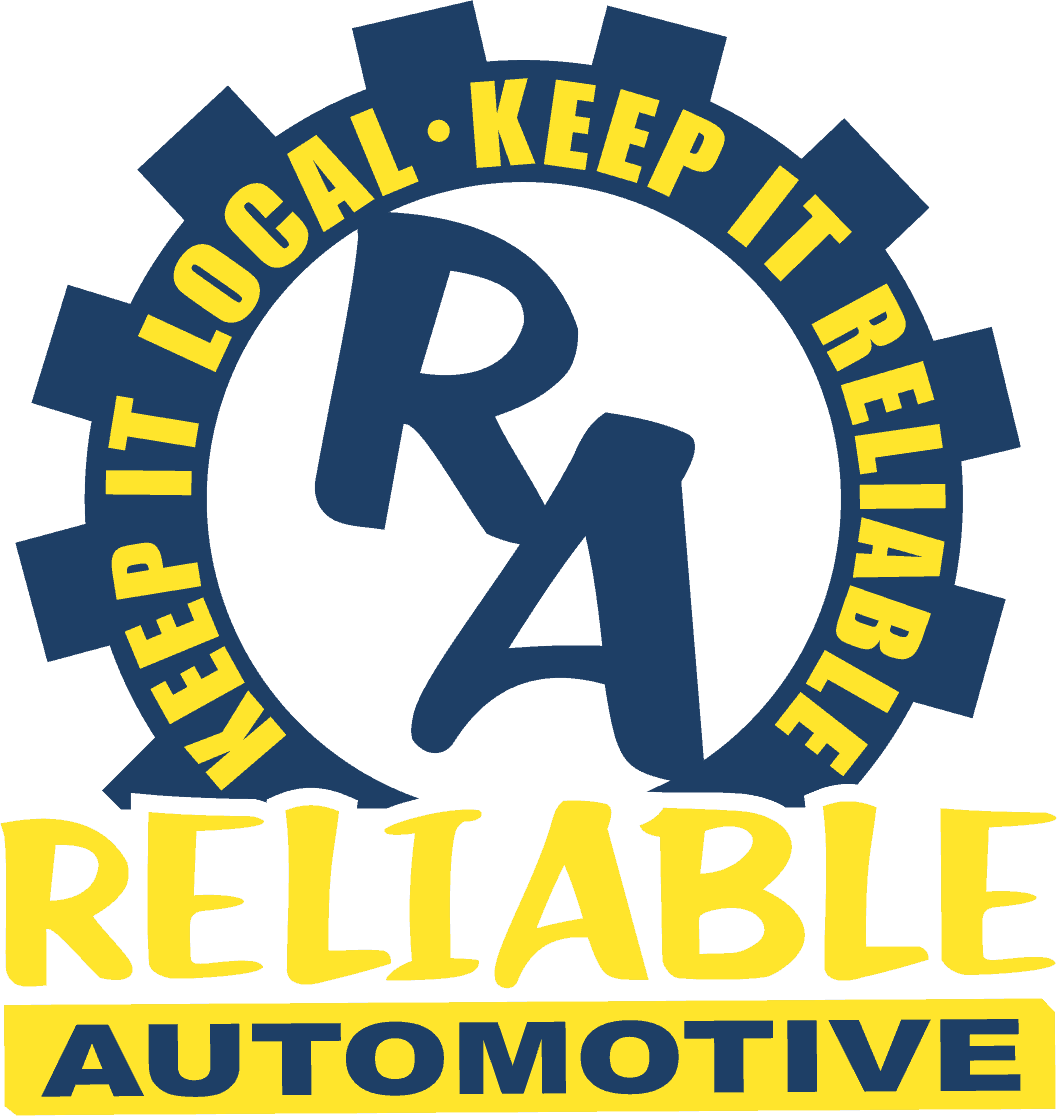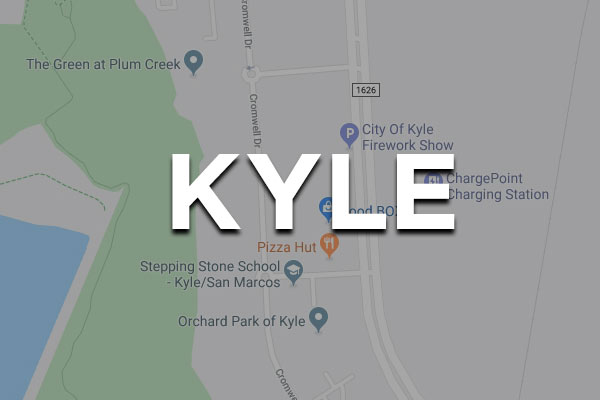
There are plenty of reasons to be thankful your car has an on-Board Diagnostic system(OBD). The invention and innovation of the OBD system allows cars to perform more efficiently and cuts back on much carbon is released from a car. Not all car owners will be worried about the efficiency of a car or how much carbon their car is emitting but every car owner wants to keep their investment running. With your cars OBD system, keeping your car running is much easier for you and your mechanic.
How does a Car Diagnostic test work
In the past, it was impossible for car manufacturers to create a system that could manage and keep track of multiple parts of a vehicle. Since 1996 all New vehicles have been required to use OBD-II(The latest standard and specification for car OBD systems) There can be more than a dozen different sensors on your vehicle, these sensors are constantly feeding this information to different ECUs(Electronic control units) throughout your car. This system as a whole is called the Controller Area Network bus(CANbus). It allows all systems on your car to constantly be connected, similar to how you can share a folder between multiple computers. A mechanic can access and sometimes make changes to this information by using a scanner tool.
What problems can a Car Diagnostic test find
While generally, a diagnostic test will not tell a mechanic exactly what is wrong with your vehicle, the test can help narrow down where the problem can be found. using a scanner tool a mechanic may receive a code from any of the following electronic control units.
- Engine Control Module(ECM)
The ECM monitors sensors in the engine bay to ensure your vehicle is receiving the correct air-fuel mixture and regulates the emission control system. The ECM uses sensors to control things like the timing of spark plugs firing, the timing and amount of fuel released into each cylinder, oxygen to fuel ratio around the exhaust to detect problems. - Transmission control Module TCM
The TCM uses information from the ECM and Transmission Control Unit(TCU) to decide when the transmission needs to shift. The TCM can even take information from the throttle body and traction control system to reduce things like wheel spin. Traditional manual vehicles do not have a TCM. - Powertrain Control Module(PCM)
The PCM usually contains the ECM and TCM in a single unit. By having the ECM and TCM in a single unit it allows for better coordination between the two systems, which can allow for smoother shifting or better fuel economy. - Electronic Brake Control Module (EBCM)
The EBCM controls and monitors the antilock braking system(ABS). The EBCM uses information like wheel speed and other braking system sensors to activate the ABS when it is needed. - Body Control Module (BCM)
The BCM controls and monitors various electronic accessories in your vehicle. This includes things like lights, door locks, mirrors, and air-conditioning.
When to take your car in for a Diagnostic Test
Anytime your car is throwing a trouble code or potentially showing signs of having an issue you should take your car in for a diagnostic test but you can also take your car in annually to be tested. Taking your car in annually for a diagnostic test can help you avoid major repair bills by resolving small problems before they become big issues.






